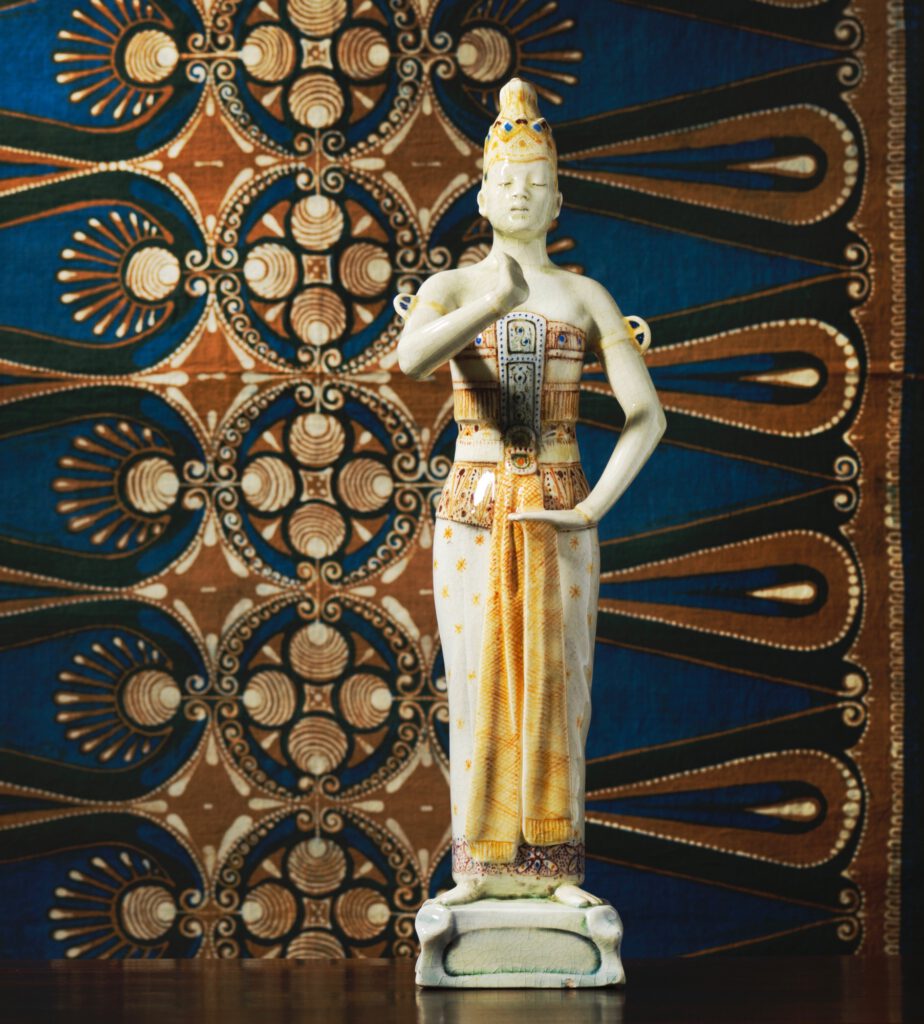The COVID-19 pandemic has, while continuing surveillance and research, entered a phase of global mass vaccination. Parallel, a morbid growth of boundaries and requirements has emerged to control the entrance of travelers into states all around the world, including a wide variety of analog and digital certificates of vaccination. These control efforts are aimed at protection against the international spread of the disease, as are the certificates. But are these certificates legal? And practical?
The International Health Regulations (IHR)[1] laid down in article 35 that in international traffic no health documents shall be required, other than those provided under the IHR or in recommendations issued by the WHO. According to the next article certificates of vaccination shall conform to certain provisions – when the vaccine is administered pursuant to the IHR or recommendations thereto. In Annex 6 of the IHR, it is stressed: “Persons undergoing vaccination or other prophylaxis under these Regulations shall be provided with an international certificate of vaccination or prophylaxis (hereinafter the “certificate”) in the form specified in this Annex. No departure shall be made from the model of the certificate specified in this Annex.”
The IHR is a treaty, legally binding to all WHO member states. All those certificates of vaccination that do not conform to the IHR provisions are therefore illegal.
With respect to digital certificates, the WHO is momentarily working on guidance documents for the development of Digital Documentation of COVID-19 Certificates (DDCC)[2]. Presumably, that process will result in a recommendation. Until then any digital certificate will conflict with the IHR, as will any that does not conform to the provisions of the resulting recommendation.
The only vaccination pursuant to the IHR is vaccination against yellow fever. What about a recommendation for vaccination against COVID-19? Rules on recommendations are laid down in articles 15-18 of the IHR. They are formally issued by the Director-General of the WHO, usually by issuing the advice of the Emergency Committee regarding the coronavirus disease (COVID-19) pandemic as a Temporary Recommendation.
In its April 2021 meeting, that Committee advised as Temporary Recommendation to not require proof of vaccination as a condition of entry, given the limited (although growing) evidence about the performance of vaccines in reducing transmission and the persistent inequity in the global vaccine distribution.[3]
Though many words are spent on vaccination against COVID-19 by the Committee in its advice and by the WHO throughout its website, a formal recommendation to vaccinate is not issued. The entire world is vaccinating against COVID-19, but the WHO apparently does not recommend it. Subsequently, certificates of vaccination have no basis in the IHR and do not have to conform to its provisions.
The Committee motivated its advise by referring to the limited (although growing) evidence about the performance of vaccines in reducing transmission and the persistent inequity in the global vaccine distribution. Both are the consequence of a novel emergency that (presumably) requires a novel intervention, as evidence of its performance in reducing transmission only follows after due time by epidemiological research and equitable global distribution is hampered by human nature and practicalities.
Many novel emergencies will have these consequences. They will be met only after several months at least, needed to establish the importance or irrelevance of a proven vaccination. Meanwhile, in a pandemic like with COVID-19, the damage by the standstill of international traffic will have accumulated to levels pressing for its swift restoration.
Vaccinations administered until the conclusion that their proof is recommendable as a condition for entry are just as valid as vaccinations administered from then on. After recommendation they have to be proven at points of entry, whether administered after or before that the recommendation. It is counterproductive to have the ‘new’ vaccinations certified according to specific provisions, and the ‘old’ ones not. Therefore it should be recommended by the WHO that any vaccinations with possible future relevance for international traffic are to be certified the same way. Analog certification may not need the full format prescribed by the IHR. Digital certification will ease formatting.
That being said, it stands to logic that the WHO declared [4]:
“Regardless of any technology implemented in future, the COVID-19 vaccination status of international travelers should be recorded through the International Certificate for Vaccination and Prophylaxis based on the model presented in Annex 6 of the IHR. The same format could be adapted once WHO pre-qualified COVID-19 vaccines become available universally and relevant recommendations are provided under the IHR.”
[1] World Health Organization, ed., International Health Regulations (2005), 3rd edition (Geneva, Switzerland: World Health Organization, 2016), https://www.who.int/publications/i/item/9789241580496.
[2] “Revised Scope and Direction for the Smart Vaccination Certificate and WHO’s Role in the Global Health Trust Framework,” June 4, 2021, https://www.who.int/news/item/04-06-2021-revised-scope-and-direction-for-the-smart-vaccination-certificate-and-who-s-role-in-the-global-health-trust-framework.
[3] “Statement on the Seventh Meeting of the International Health Regulations (2005) Emergency Committee Regarding the Coronavirus Disease (COVID-19) Pandemic,” April 19, 2021, https://www.who.int/news/item/19-04-2021-statement-on-the-seventh-meeting-of-the-international-health-regulations-(2005)-emergency-committee-regarding-the-coronavirus-disease-(covid-19)-pandemic.
[4] “Interim Position Paper: Considerations Regarding Proof of COVID-19 Vaccination for International Travellers,” February 5, 2021, 19, https://www.who.int/news-room/articles-detail/interim-position-paper-considerations-regarding-proof-of-covid-19-vaccination-for-international-travellers.


